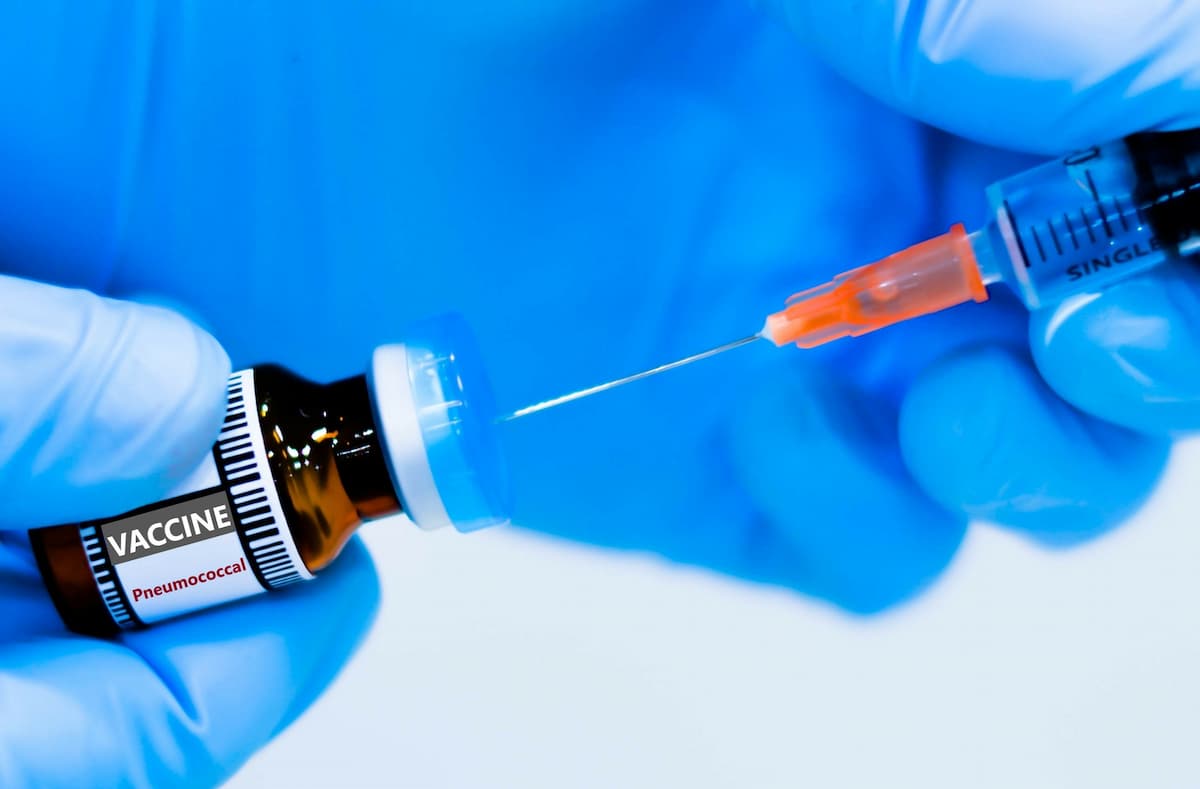Article
HIV Variant Can Pass from Primates to Humans
Author(s):
Simian immunodeficiency virus may be able to infect human cells.
New in vivo evidence demonstrated the ability of simian immunodeficiency virus (SIV) to infect human cells, according to a recent study.
In the early 1900s, it was believed that a hunter or vender of bush meat contracted the first strain of SIV. Considered by virologists to be the ancestor of HIV, the current study’s findings that chimpanzee- carried SIVs can infect human cells, supported this hypothesis.
This includes the SIV ancestor of HIV-1 M, which is responsible for the global HIV pandemic, and another ancestral strain of HIV found only in individuals living in Cameroon. Researchers also found that the SIV ancestors of 2 HIV strains not identified in humans were able to invade human cells after multiple exposures in the lab.
“The question was whether SIV strains that have not been found in humans have the potential to cause another HIV-like infection,” said senior study author Qingsheng Li. “The answer is that, actually, they do. They get replicated at a very high level. It’s surprising.”
During the study, researchers inoculated mice that had human tissues and stem cells implanted. This stimulated the growth of other cells essential to the human immune system.
Next, low doses of 4 different SIV strains were injected into different groups of the mice. The results of the study showed that the inferred SIV forerunners of HIV-1 M and the Cameroon-specific strain only needs a few chances to infect the lab mice, compared with the 2 SIV strains of HIV descendants not found in humans.
“Based on our experiments, we clearly see some differences between the strains,” Li said. “That implies that there might be differences in the likelihood of cross-species transmission when a person is exposed to one strain versus another.”
Researchers were also able to find evidence that SIV strains mutate while entering cells in order to overcome the human-specific barriers to infection. In fact, within 14 weeks, the same viral gene in 2 different SIV strains regularly underwent mutations at 2 key points on the gene.
“I think this analysis of the disease is very important to public health,” said lead study author Zhe Yuan. “We want to explore this platform for evaluating new, emerging infectious diseases.”
According to Zhe, the recent Zika virus outbreak only underscores the value of pre-emptively identifying viruses that could move from animals and into humans.
“The emergence and re-emergence of infectious diseases have been a constant threat to global health, social stability, safety and economic systems,” Zhe said. “Bill Gates recently said that nuclear war is no longer the (biggest) threat to our safety; emerging infectious diseases are. That’s probably true.”






